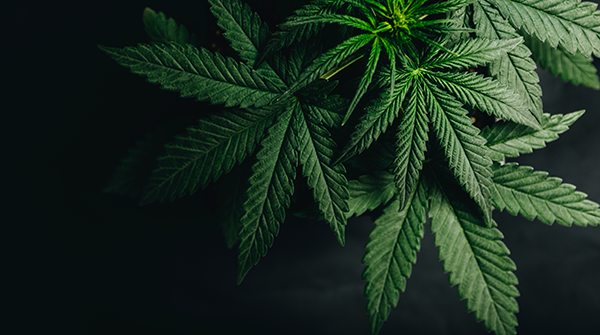What are the implications of reclassifying Marijuana?
This past week the Justice Department took measures to reclassify marijuana to a lower-risk drug, thus taking the first steps towards easing marijuana restrictions. On Thursday the Attorney General issued a notice of proposed rulemaking, which initiates the formal rulemaking process by the federal government to consider reclassifying marijuana from a Schedule 1 to Schedule III drug under the Controlled Substances Act or CSA. The measure comes after receiving recommendations from the Department of Health and Human Services last year that marijuana be reclassified to Schedule III.
The proposal now enters a two-month public comment period and starts the process where the DEA will gather and consider views and opinions to decide the proper drug schedule. After the public comment period and a review by an administrative judge, the agency would eventually publish the final rule. Those who would like to see marijuana decriminalized entirely have argued that marijuana does not meet the criteria of a Schedule I drug. Of the 5 drug classes, Schedule 1 drugs are considered the most restrictive because they have no acceptable medical use and for their high potential for abuse. Critics of the drug’s current classification maintain classifying marijuana alongside deadly drugs like fentanyl, heroin, and methamphetamine is illogical with some experts arguing cigarettes and alcohol pose higher risks of addiction than marijuana. Reclassifying marijuana to Schedule III would put the drug on par with ketamine and testosterone, which have a much lower potential for dependence.
The Pros and Cons
Some critics argue the DEA shouldn’t change course on marijuana, saying rescheduling isn’t necessary and could lead to harmful side effects. Jack Riley, a former deputy administrator of the DEA, said he had concerns about the proposed change because he thinks marijuana remains a possible “gateway drug,” one that may lead to the use of other drugs. “But in terms of us getting clear to use our resources to combat other major drugs, that’s a positive,” Riley said, noting that fentanyl alone accounts for more than 100,000 deaths in the U.S. a year. On the other end of the spectrum, others argue marijuana should be treated in a way similar to alcohol.
Short of decriminalization, which many states have already done, reclassification to a lower schedule would widen researchers access to the drug and give cannabis producers some added tax benefits. To date 24 states have legalized marijuana for recreational use and 38 states have legalized it for medical use. Although reclassification is considered a major shift on how the federal government views marijuana, it still does not legalize the drug by federal standards. This means federal employees or employees who work in industries regulated by the federal government, must not use marijuana for any reason, regardless of the state they live in. Doing so exposes them to consequences that are defined in those governing agencies’ drug testing rules. For states where marijuana is not legal, this measure will likely force states to enact lower legal consequences, or even move more states to legalize the drug entirely.
Many recall the unfortunate Conrail train accident of 1987. This was a pivotal event that tragically demonstrated the dangers of substance impairment in transportation. Marijuana use was a contributing factor in the collision, leading to fatalities and injuries. This incident spurred the enactment of DOT drug testing, aiming to prevent similar accidents by ensuring employees are not under the influence while on duty. This tragedy underscored the importance of safety protocols in the transportation sector, emphasizing the need to prioritize the welfare of employees and the public alike.

